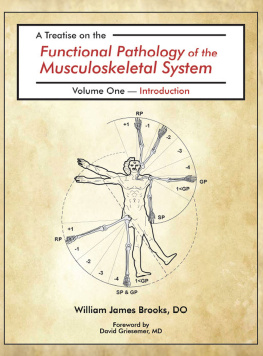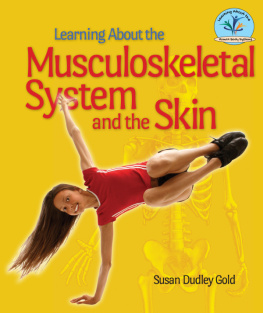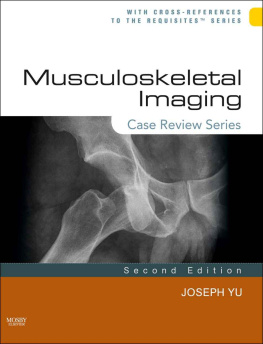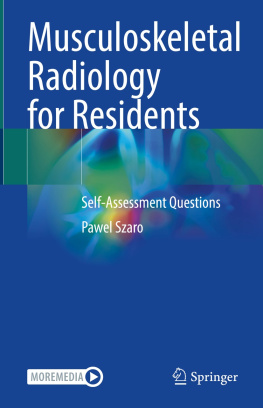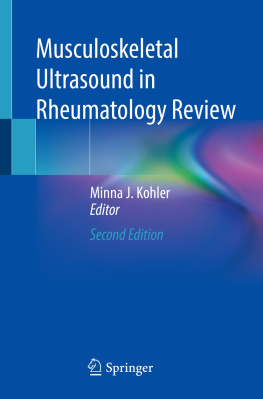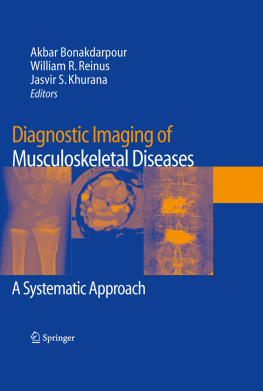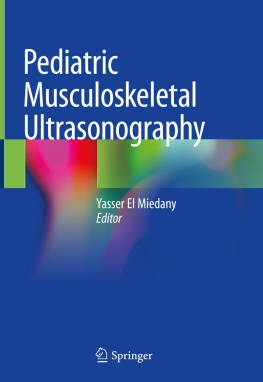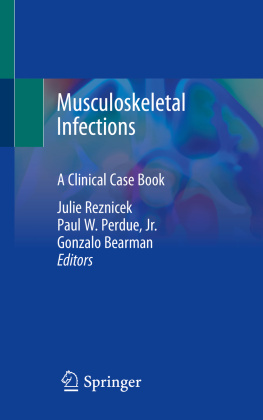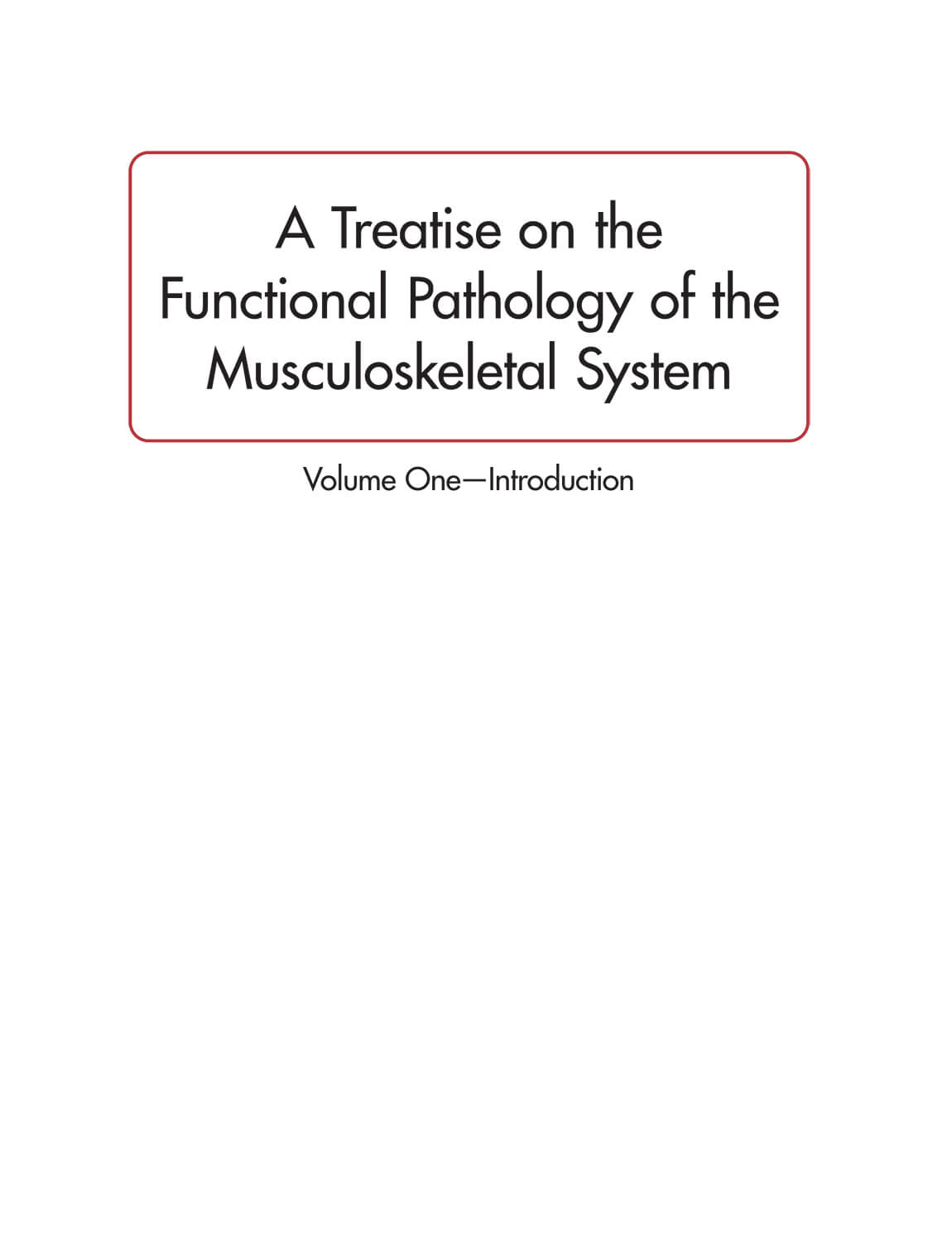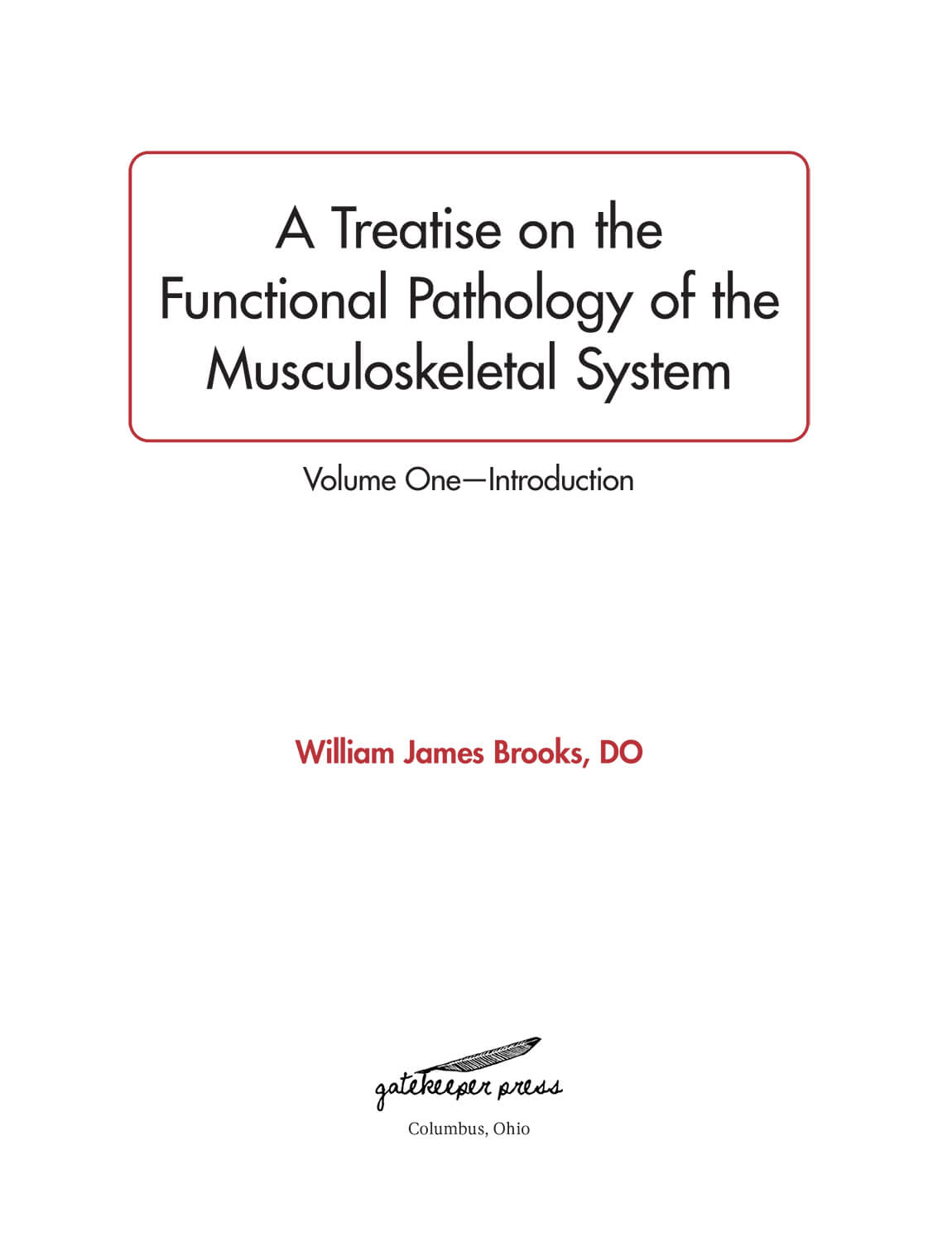William James Brooks - A Treatise on the Functional Pathology of the Musculoskeletal System: Volume 1: Introduction
Here you can read online William James Brooks - A Treatise on the Functional Pathology of the Musculoskeletal System: Volume 1: Introduction full text of the book (entire story) in english for free. Download pdf and epub, get meaning, cover and reviews about this ebook. City: Columbus, year: 2022, publisher: Gatekeeper Press, genre: Science. Description of the work, (preface) as well as reviews are available. Best literature library LitArk.com created for fans of good reading and offers a wide selection of genres:
Romance novel
Science fiction
Adventure
Detective
Science
History
Home and family
Prose
Art
Politics
Computer
Non-fiction
Religion
Business
Children
Humor
Choose a favorite category and find really read worthwhile books. Enjoy immersion in the world of imagination, feel the emotions of the characters or learn something new for yourself, make an fascinating discovery.
- Book:A Treatise on the Functional Pathology of the Musculoskeletal System: Volume 1: Introduction
- Author:
- Publisher:Gatekeeper Press
- Genre:
- Year:2022
- City:Columbus
- Rating:4 / 5
- Favourites:Add to favourites
- Your mark:
A Treatise on the Functional Pathology of the Musculoskeletal System: Volume 1: Introduction: summary, description and annotation
We offer to read an annotation, description, summary or preface (depends on what the author of the book "A Treatise on the Functional Pathology of the Musculoskeletal System: Volume 1: Introduction" wrote himself). If you haven't found the necessary information about the book — write in the comments, we will try to find it.
In this Treatise on the Functional Pathology of the Musculoskeletal System (FPMSS), Dr Brooks presents a new paradigm for understanding the musculoskeletal system and a scientifically valid-reliable, semiquantifiable, and consistently interpretable-method for examining dysfunction thereof. This first volume presents the fundamentals of the paradigm and is designed for use by a primary care audience. While the paradigm is applicable to the wide variety of clinical conditions potentially amenable to manual medicine and related rehabilitative techniques, this first volume takes chronic, nonspecific musculoskeletal pain syndromes as its focus for application.
The FPMSS paradigm complements orthopedic, rheumatologic, and neurologic understandings of the musculoskeletal system and contrasts with current models of manual medicine in several important respects:
- Understands the musculoskeletal system (MSS) as an integrated organ system
- Discriminates questions about physiology from questions about anatomy
- Discriminates questions about pathology from questions about physiology
- Differentiates functional pathology from structural pathology
- Appreciates principles of scientifically valid nomenclature for function and dysfunction of musculoskeletal structures as components of an integrated system
- Recognizes dysfunction of the musculoskeletal system as inefficient function
- Shifts the emphasis of examination for dysfunction from malalignment of structure/posture to disturbance of systemic movement
- Discriminates control of posture and movement from imbalance of available motion
- Grades available motion deficits using the criterion of proportionality-not merely symmetry-thus revealing otherwise unappreciated dysfunction and allowing for prioritization and profiling
- Prioritizes mobilization interventions according to specified, ranked criteria
- Profiles an individuals motion phenotype based upon patterns of available motion deficits, thus providing precision biomechanical medicine
Use of the FPMSS paradigm examination will reduce the incidence of false negative and false positive findings for MSS dysfunction-thus improving the effectiveness, safety, and efficiency of caring for those suffering from chronic musculoskeletal pain.
William James Brooks: author's other books
Who wrote A Treatise on the Functional Pathology of the Musculoskeletal System: Volume 1: Introduction? Find out the surname, the name of the author of the book and a list of all author's works by series.

